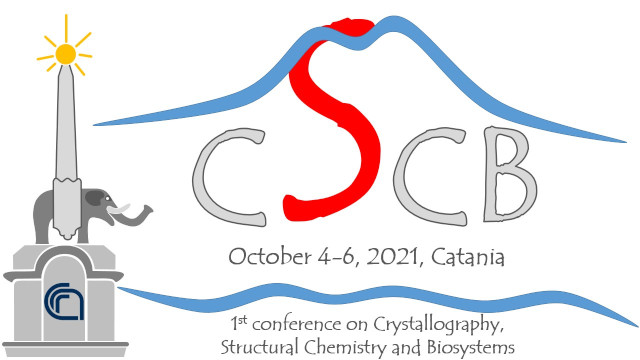Speaker
Description
Molecules in crystal form represent nowadays one of the preferred formulation for bio-therapeutics. In addition, protein crystallization ensures high stability and a high purity level of the active ingredients and it is potentially able to reduce downstream manufacturing costs by improving the efficiency of the biomolecule purification step with respect to conventional chromatographic methods [1,2]. However, this process is often not trivial, particularly in case monoclonal antibodies (mAbs), which are recalcitrant to form ordinate solid state due to their flexibility and complex structure.
mAbs are Y-shaped molecules, whose arms are made of one Fc-domain and two Fab-domains loosely connected by a very flexible polypeptide chain. Such great flexibility prevents mAb crystallization, making really difficult to get their structure determination at atomic resolution. This is the case of anti-cluster of differentiation 20 (anti-CD20), a mAb belonging to IgG1 family that is used in autoimmune disease therapy and against CD20-expressing non-Hodgkin's lymphoma [3]. Although anti- CD20 is the first antibody approved for clinical use and one of the most sold antibodies for therapeutic purposes, it shows a low reproducibility of the published crystallization conditions and its crystal structure is still not available.
Recently, many efforts were made to optimize crystallization conditions for producing anti-CD20 crystals in terms of yield, starting material, speed, and crystal quality [4]. Due to the diffraction quality of mAb crystals obtained applying the meso batch crystallization protocol, low resolution methods for powder diffraction data were applied and exploited to assess that crystals were formed by the antibody molecules. The size of the whole mAb crystal cell, and its crystallographic symmetry, were also reasonably extrapolated from powder X-ray diffraction patterns. This study represents the first crystallographic characterization of the whole anti-CD20 mAb [4], and is an important step toward the unraveling of its full-length crystal structure.
Acknowledgments
The authors would like to thank the European Union’s Horizon 2020, Future and Emerging Technologies programme FET-OPEN, for funding this work within the AMECRYS project (http://www.amecrys-project.eu/) under grant agreement no. 712965.
References
[1] Yang H., Chen W., Peczulis P., Heng J.Y.Y., Cryst. Growth Des. 2019, 19, 983–991.
[2] Govada L., Chayen N.E., Crystals 2019, 9, 106.
[3] Pescovitz M.D., Am. J. Transplant. 2006, 6, 859–866.
[4] Yang H., Belviso B.D., Li X., Chen W., Mastropietro T.F., Di Profio G., Caliandro R., Heng J.Y.Y., Crystals 2019, 9, 230.

